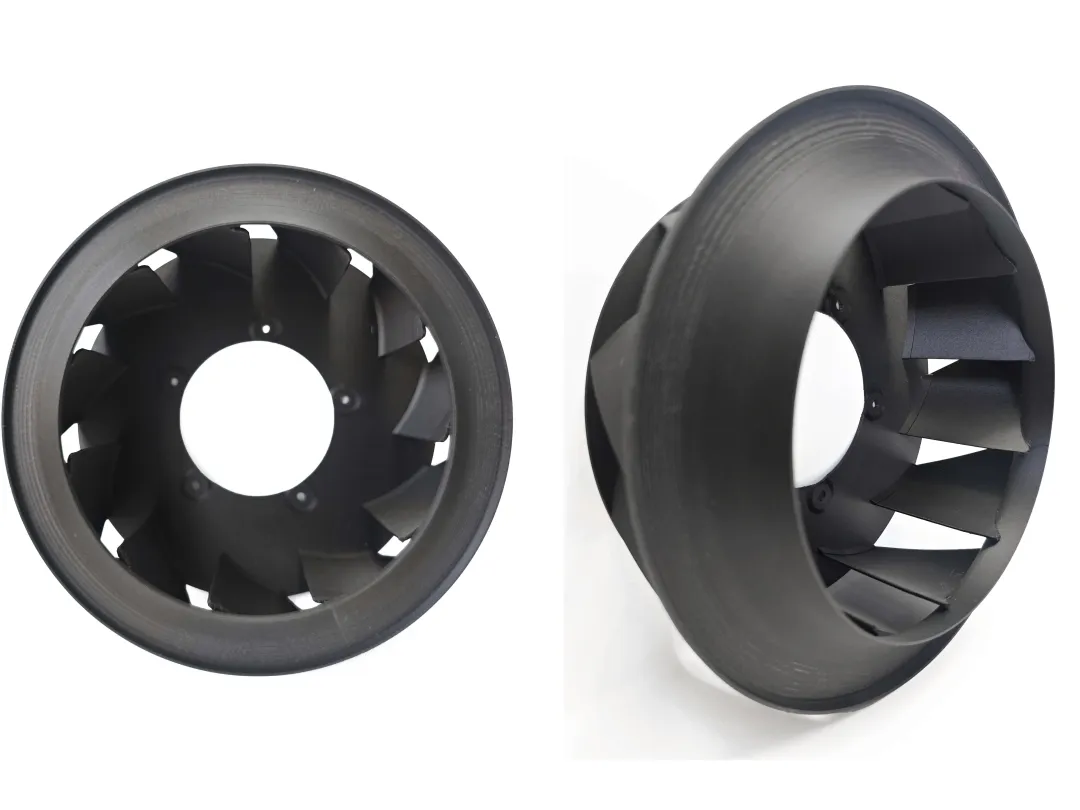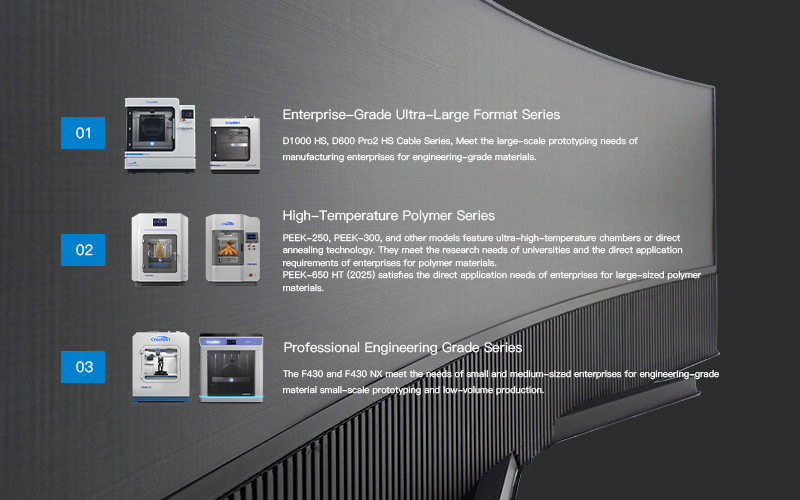1. Why do you need a 3D printer?
If you are facing challenges such as high R&D costs, long project cycles, and insufficient internal innovation momentum, industrial 3D printers will become the production tools to break the deadlock. By eliminating the traditional mold - making process, costs can be significantly reduced. With the one - piece molding capability, the R&D cycle can be shortened. Moreover, a flexible rapid prototyping verification mechanism can provide an efficient conversion channel for the internal innovation ideas of enterprises from concept to entity.
2. Business scenarios determine the technical route
(1). Determine the equipment specifications according to the specific business
Build size: Based on 1.3 times the volume of the largest regularly stocked product (with space reserved for fixtures).
Decision - making tool: Organize the printing task list of the past 6 months and "statistically analyze the part size distribution and accuracy requirements."
Among the 3D printing technologies on the market, the Fused Deposition Modeling (FDM) technology offers the greatest build volume selection and high production output, which can be recommended as a model - selection option.
(2). Selection of technology types
| 3D Printing Technology | Content |
|---|---|
| FDM/FFF | Cost - effectiveness ratio of engineering plastics |
| SLS | Design freedom without support |
| SLA/DLP | Surface finish requirements |
| Metal Printing | Necessity of post - processing equipment matching |

3.Cost Control: Reduce Enterprise Application Risks
Cost control is the core consideration in the selection of industrial 3D printers. Three key dimensions need to be dissected from the perspective of the entire life cycle:
Fixed investment in the printing system: The quality of the equipment directly determines the length of its life cycle. High - quality printers often have a longer service life, reducing the repeated investment caused by frequent equipment replacement. At the same time, stable performance is also crucial. Equipment with stable operation can reduce the shutdown losses caused by failures and the costs of subsequent maintenance and component replacement.
Labor training costs: The learning curves of different technical routes vary significantly. For technologies with a low entry threshold, new users can complete regular printing through short - term basic training. However, for printing with high - performance or special materials, customized technical courses and process database support are required to help technicians quickly master parameter debugging skills to balance the initial investment and advanced capabilities.
Material and follow - up costs: Material openness directly affects long - term expenditures. Equipment that adheres to a highly open material strategy can be compatible with mainstream engineering wires and pellets on the market, allowing enterprises to flexibly choose cost - effective solutions. If the equipment supports third - party consumable certification, the material cost will be significantly reduced compared to closed systems.
Scientific cost structure design can make 3D printing a real weapon for cost reduction and efficiency improvement. CreatBot has significant advantages in these aspects. Our full - range of equipment not only meets the above cost - control points but also can provide enterprises with a one - stop 3D printing solution to comprehensively help enterprises optimize costs and improve efficiency.
4.Core Points for Selecting Industrial 3D Printers
Core indicators to distinguish industrial - grade and commercial - grade printers:
| Capability Dimension | Industrial - Grade Threshold | Limitations of Ordinary Equipment |
|---|---|---|
| Continuous Operation | 7×24 - hour production mode | ≤8 - hour forced cooling |
| Environmental Adaptability | Dust - proof and shock - proof at workshop level | Operable only in laboratory environment |
| Material Compatibility | Supports carbon fiber/PEEK, etc. | Only supports basic PLA/ABS, etc. |
5.Clearly Define Core Requirements: Reverse - Deduce the Selection from Application Scenarios
Before purchasing an industrial 3D printer, you must first clearly define your own needs, which is the basis for making the right choice. Different industries, production scales, and application scenarios have vastly different requirements for 3D printers.

- (1). If you are a large - scale manufacturing enterprise that needs to manufacture large - scale prototypes with engineering - grade materials, your focus should be on the large - scale printing capability and stable performance of the equipment. For example, the CreatBot D1000 HS series or the D600 pro2 HS series.
- (2). For universities, research institutions, or enterprises with direct application requirements for polymer materials, high - temperature printing technology and material compatibility are the keys. For example, the CreztBot peek250 or peek300 series.
- (3). For small and medium - sized enterprises that focus on small - scale prototype design and small - batch production of engineering - grade materials, the cost - effectiveness and flexibility of the equipment are more important. For example, the F430NX and F430 series
- If you want to learn more about our products or have any questions during the selection process, please feel free to contact us. We will provide you with professional consultation and services to help you choose the most suitable industrial 3D printer, allowing 3D printing technology to bring greater value to your production.




